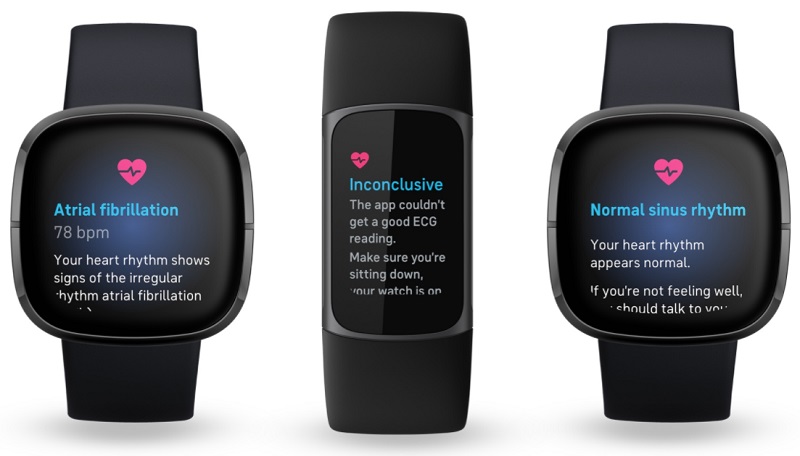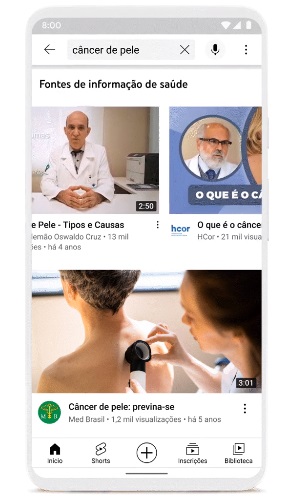Google’s Fitbit seeks FDA approval for passive atrial fibrillation detection
Tech giant Google has announced it is seeking FDA approval to use its Fitbit wearable to alert wearers so they can seek medical advice in the case of atrial fibrillation (AFib), a common heart abnormality that raises the risk of heart attack, stroke and sudden death.
Fitbit is currently approved by the FDA to provide electrocardiogram (ECG) monitoring of heart rhythms, following a 2020 study conducted by researchers from Massachusetts General Hospital (MGH) which proved its effectiveness, albeit with some issues. The FDA cleared the technology for use in 2021 in the Fitbit Sense Smartwatch, but this application requires the wearer to actively input information.
Steven Lubitz, a researcher from MGH working on the 2020 project, commented in 2021: “These results show that wearables have the ability to identify undiagnosed atrial fibrillation with high reliability. Since so many consumers use wearables, it is possible that algorithms such as the one we studied could be applied widely to help identify undiagnosed atrial fibrillation, allowing patients to obtain care before devastating complications such as a disabling stroke may occur.
“Most of the episodes of undiagnosed atrial fibrillation detected occurred during sleep, and we suspect that these episodes were asymptomatic. Since the algorithm is most active when wearers are physically inactive, the wearable should be worn during sleep for the greatest benefits.”
According to researchers, there was a fairly high rate of false positives in the study, which could lead to unwarranted patient anxiety and lead to unnecessary clinic visits and tests, although it was noted that “this needs to be balanced against the benefits of catching some cases of AFib early”.

If approved by the FDA, the new application would use optical photoplethysmography (PPG) sensors and a heart rate monitoring algorithm to passively monitor heart rate and look out for irregular heart rhythms automatically. It would then alert the wearer to its findings, Google said.
Google stated in a blog post: “We presented the study results at the most recent American Heart Association meeting, showing that the algorithm accurately identified undiagnosed AFib 98% of the time. We’ve submitted our algorithm to the FDA for review. This is one of many ways we’re continuing to make health even more accessible.”
AFib is common in the US, affecting around 12 million people, with advancing age, high blood pressure and obesity all common risk factors for the condition. It is reporte that one out of every four people will experience AFib at some point in their lifetime.

The company also announced that starting in Japan, Brazil and India, YouTube has started adding health source information panels on videos to provide context that helps viewers identify videos from authoritative sources, and health content shelves that more effectively highlight videos from these sources when people search for specific health topics. These context cues help people easily navigate and evaluate credible health information.
In addition, Google said in a blog that it is sharing a new area of research that explores how a smartphone’s built-in microphones could record heart sounds when placed over the chest.
“Listening to someone’s heart and lungs with a stethoscope, known as auscultation, is a critical part of a physical exam. It can help clinicians detect heart valve disorders, such as aortic stenosis which is important to detect early,” the blog said. “Screening for aortic stenosis typically requires specialised equipment, like a stethoscope or an ultrasound, and an in-person assessment.
“Our latest research investigates whether a smartphone can detect heartbeats and murmurs. We’re currently in the early stages of clinical study testing, but we hope that our work can empower people to use the smartphone as an additional tool for accessible health evaluation.”
For more fitness, and digital health news, click here

